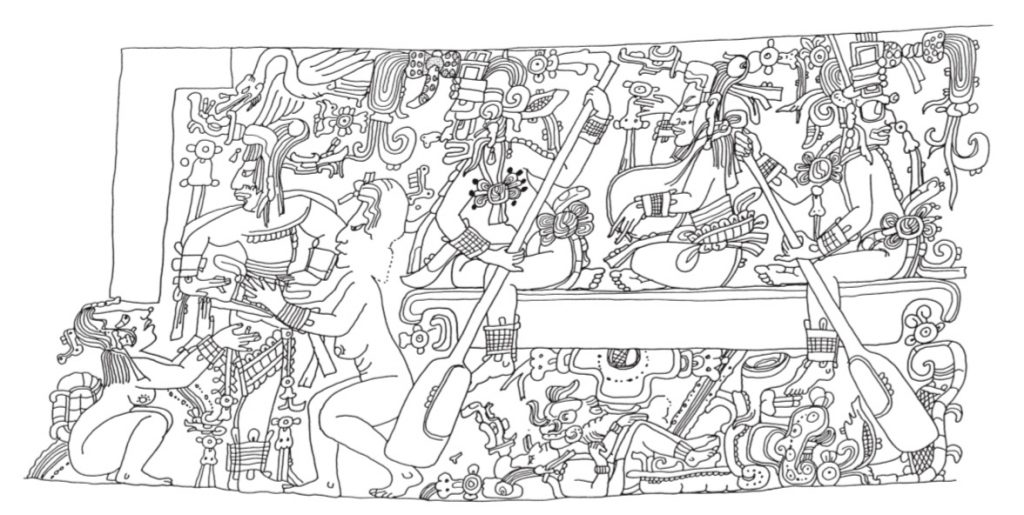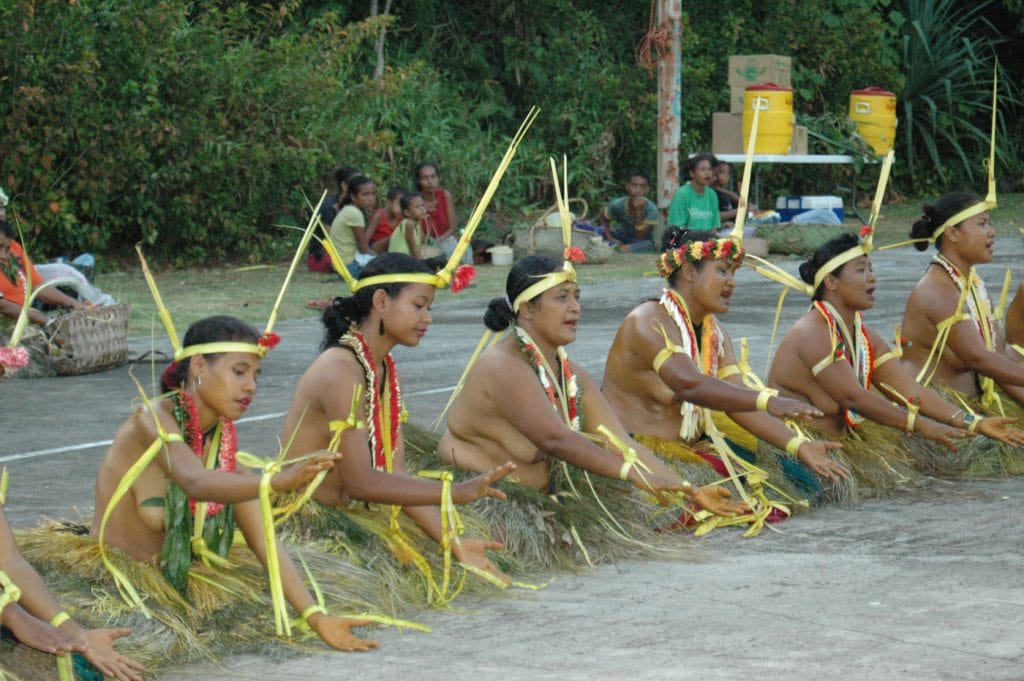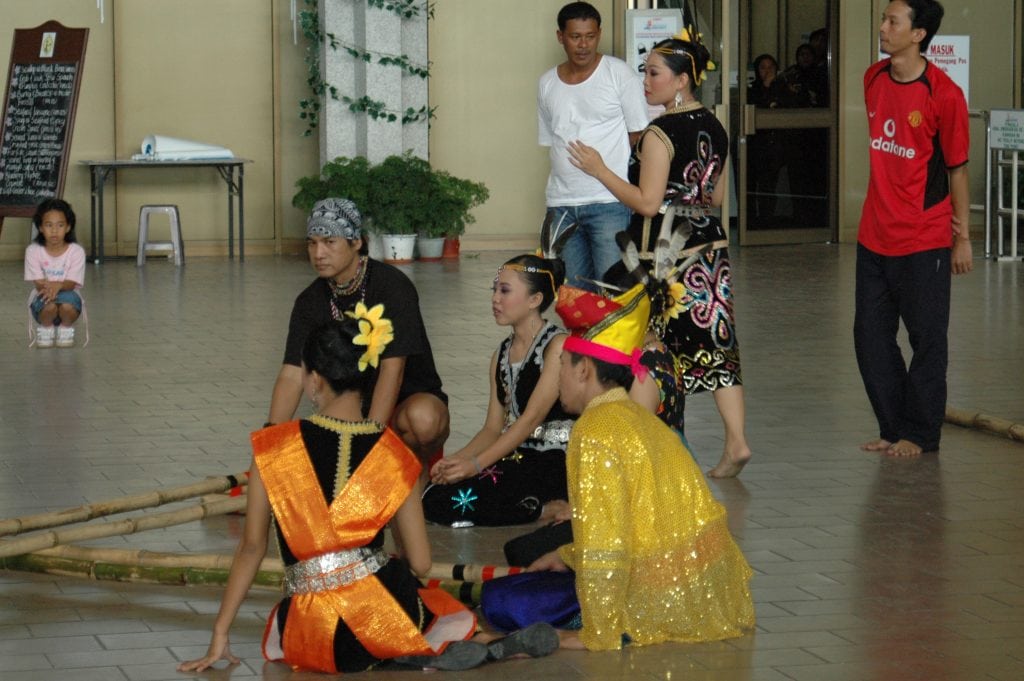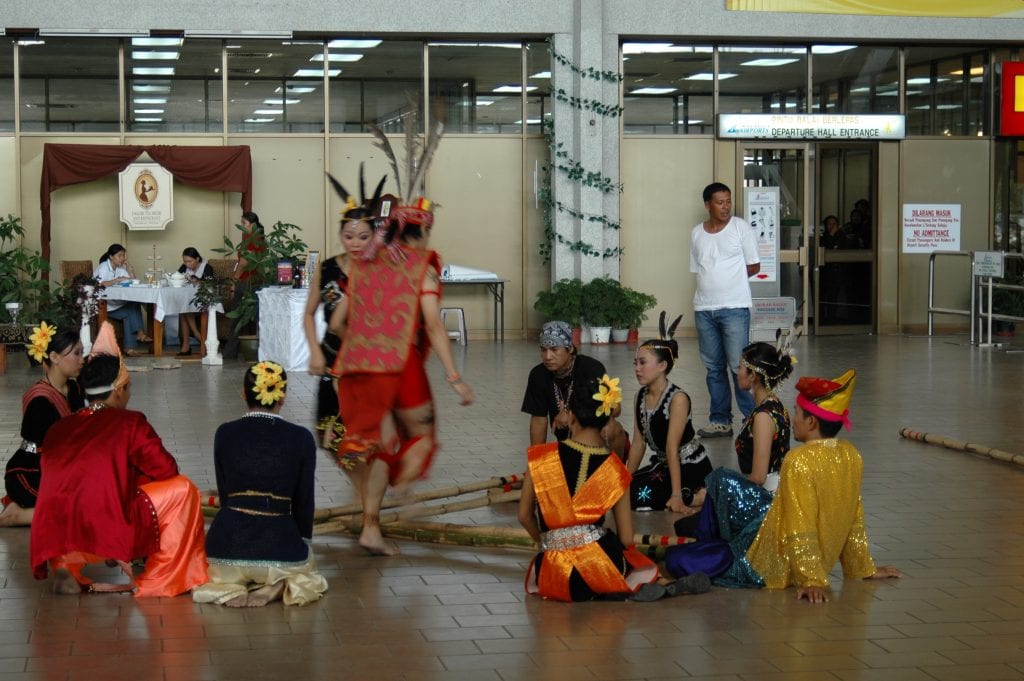Power and Identity in Ancient and Modern Cultures
The relationship between power and identity can be defined through shared social constructs requiring a shared ideology. Thus, authority structures and political dominance are based not only on rituals but also on some form of agreement and exchange. Examples are recurring in times and geographies: from the Maya and Aztecs to the modern Asian Nations.
Power and Identity in Rituals and Society
Social power is often defined using authority structures (royal investiture, architecture, etc.) and by assuming political dominance (the development of some form of political state) as an intentional and planned scheme of the dominant group. More recent studies of power propose a shift from such a paradigm by focusing on the relationship between power and identity; specifically, such a relationship is defined through shared social constructs. Power and identity are recognized through a large social network determined by a shared ideology and some form of agreement among supporters; indeed, family links, military expertise, or ritual performance are not sufficient in warranting legitimated social hierarchies. When analyzing rituals, it is important to avoid the interpretation employing the modern notion of theater requiring a definite and concrete form of communication between actor and spectators. Indeed, most rituals presume some form of physical embodiment consisting of a physical and spiritual transformation that determines real outcomes.
Dance and the Embodiment of Power Relations: Maya and Aztecs
Power relations were administered and regulated through a variety of concepts; for instance, various carvings suggest that the social construction of masculinity determined power relations between women and men but also among men having different forms of masculinity. Mural art, painted pottery, and glyphic texts suggest that Aztec and Maya ritual dance was an instrument to bring to life mental concepts and structure through real action; specifically, such mental concepts were representing ideological power and the relative authority structure. Thus, actors became real gods forcing prisoners to dance before the heart’s extraction. The arrangements of stages in sacred centers highlighted the role of ritual movement in sustaining the cosmos and relied on elaborate costumes, body paint, masks, and platforms. Maya and Aztecs performed dances in public and private locations with multiple actors and a collective audience combined with song and comic sketches but substantially with a specific religious focus with strong sacrificial characteristics and according to a sacred calendar. However, the political context of dance for the Maya related to dynastic succession and reflected alliances and dependencies among rival city-states; instead, for the Aztecs, it related to sustaining imperial power through an integrated system of regional ceremonies.

Architecture, Power, and Identity: Maya and Aztects
Thus, power can be characterized as relational and negotiated, rather than imposed. Different social procedures and domains of power (memory, ideology, warfare, and ritual performance) partition the community in various identities and group affiliations (status, ethnicity, gender, and age); however, such social partition had blurred borders and often consisted of active exchange among groups. Indeed, in the center of the Northern Maya lowlands, the dynamics of power determined new architectural patterns, ritual use of subterranean features, and road networks connecting sites; indeed, such features were the result of a changing population and of the development of new sites. Specifically, during the Early Classic period (ad 250–650), Teotihuacán-style architecture and iconography were found in both public and private spaces at Los Horocones, a gateway city between Mexico and southern Mesoamerica guesting multiple ethnic groups.
Power and Formalism: Tongan and Micronesian Dances
Specific formal features can be present at the same time in visual arts, dance, music, and poetry; for instance, Tongan dance can be analyzed into various formal features and components of rhythm, drone, and decoration that repeatedly appear in multiple performances and in bark cloth painting. Anthropologists considered such repeating formal featured as a mechanism for social transformation. Indeed, such components define the structure of the performance and correspond to the conceptualization of emotional patterns through which social memory is perceived, organized, and manipulated. Therefore, the representation serves a social process that represents ideology in action. Indeed, the various formalized components attempt to assimilate diverse ideological systems into a shared local understanding of the world in order to include different social groups; in such system, the human body is the symbol and the shared area for social interaction.

Martial Arts and the Embodiment of Power Relations
Martial art’s embodiment of knowledge refers to the consideration of the body as the intersubjective source of experience in clear opposition to the Western transcendental and conceptual understanding of the world. In the Malaysian martial art silat gayong practitioners put their hands into boiling oil without being burned. However, there is a multitude of knowledge formations deriving from the traditions of Asian martial arts that mixes with heroic tales, myths, and legends. In the past, such martial discursive knowledge formations were linked to secret societies and rituals. In modern times, Japanese martial arts were used to build national character, bolster perceived masculinity, and to enhance feelings of self-worth; in China, martial arts have been used as nation-building devices.
Theater and Martial Arts: Sumatran Randai and Silek
Randai theater is a highly refined dance-drama form performed among the Minangkabau (Indonesia). The representation is comparable to the Malay mak yong, the Thai likay, the Javanese ludruk, or the Philippine komedya. However, randai is particularly interesting because of its link to silek martial art; indeed, silek influences randai’s topics, staging, costumes, music, acting, and movements. Almost all villages in Sumatra have a silek school with many different indigenous styles; apart from various Minangkabau origin myths, its origins are attributed to the spread of Indian martial arts during the Srivijaya kingdom (eighth century). Randai scenes can consist of silek sequences mixed with acrobatics, clowning, physical and verbal jokes where fighting scenes and conflict resolution are employed to show proper behavior and as tools of moral instruction.
Theater, Martial Arts, and Power: The Traditional Chinese Opera
The link between theater and martial arts has been investigated by researchers highlighting that the development of combat styles may have been heavily influenced by theater’s representations. Indeed, for the lower social classes with few opportunities for growth in social and economic terms, violence and the martial ritual defined a place in the world order. As a result, a vast majority of the sectarian religious beliefs are present in the traditional Chinese narrative representation of the spirit world where martial arts are the embodiment of supernatural power. The fact popular religion is typically territorial and rooted in the local community requires rituals finalized at attracting the power of gods and ancestors to induce fertility and prosperity in order to promote security and social harmony. For instance, symbols as blood sacrifice, territoriality, the imperial metaphor, a sequence of periodic festivals and community sacrifices, the efficacy of numinous spirit, and the continuum of cosmic material energy are framed within a system of alternance between purity and pollution. Therefore, the claims to power and the aggressive representations of dominance reveal a social and cultural logic, shared by higher and lower classes, in which dominating masculinity is generated through the hierarchical structuring of potency and charisma. However, in the imperial system, the destructive power of the martial is neutralized by the creative power of culture, whereas in popular religion martial power is the originating force preserving the territorial and social integrity of the collectivity.
References
Boretz, A. (1956). Gods, ghosts, and gangsters : ritual violence, martial arts, and masculinity on the margins of Chinese society.
Farrer and Whalen-Bridge (2011). Martial Arts as Embodied Knowledge: Asian Traditions in a Transnational World.
Harrison-Buck (2012). Power and identity in archaeological theory and practice: case studies from ancient Mesoamerica.
Looper, M. G. (2008). To Be Like Gods.
Pauka, K. (1998). Theater and Martial Arts in West Sumatra: Randai and Silek of the Minangkabau.

